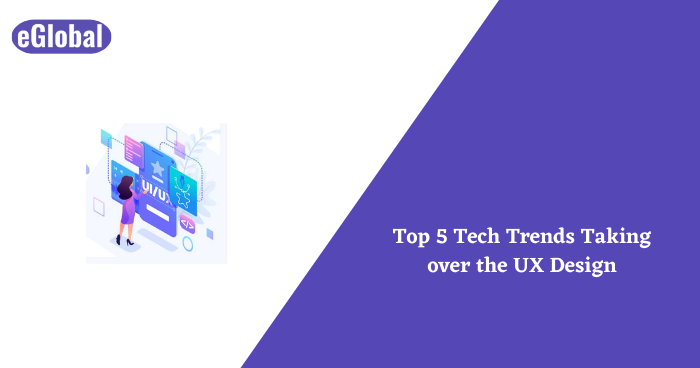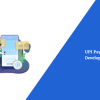

Over the past two years, there seems to be an increase in the use of the internet and technological devices as new artificial and virtual realities have changed how we work and interact with one another. UX design is among the most vibrant design disciplines today. A successful UX design, according to the survey, can boost a website’s conversion rate by up to 400 percent. Where do all these in UX come from? Simple terms, UX design aims to enhance user experience across the broadest range of human endeavors, and each of the technologies we have mentioned is a manifestation of that ongoing effort, opening the door to additional possibilities that are currently being investigated. Additionally, you can check for 9kmovies.
In order to prepare you for what to anticipate in UX design in 2022, you’re in luck, then! We’ll cover five of the top technology trends in this guide, along with what they entail for designers.
In UX design, overly excitable personalization is expected to be crucial. Taking care of the customer’s needs before they have even asked for them, will improve the overall experience. Personalization has become an important component of user experience, and businesses are now putting even more emphasis on it by providing users with highly targeted and customised content. Curated Spotify playlists and OTT platform suggestions for movies and TV shows are two examples of this. We can confidently predict that this trend will continue to grow in 2022 and the years to come.
Localization will be another factor in this. This suggests that users can customise the layout, positioning, and tonality of the digital elements in accordance with their personal preferences. Therefore, you must concentrate on this UX design trend if you want to keep users interested in your app or website.
In the year, we’ll see experimentation with navigation placement by UX designers, who may move the navigation or important buttons and items closer to the bottom of the screen or create a hybrid with the navigation at the top and important page tab options at the bottom. Two crucial factors in UX are the location of the navigation just on screen and how users will access it. Both being capable of reaching the navigation items with your thumb and being able to find them are crucial for users.
Additionally, as mobile usage and screen sizes increase, UX designers will need to develop user-friendly solutions.
Today, there is a growing emphasis on genuine and natural interaction with the objects around us rather than just what you see on a screen. Interfaces that are user-friendly and convincingly immerse the user in a virtual environment are the future of user experience design. Designers have found that augmented reality (AR) works well for achieving this. It’s an evolving area that alters the worlds around us using computer-generated images and sounds to make our everyday lives more exciting.
However, AR is more than just a thrilling experience. To improve education and learning at different levels, wearable technology and mobile apps have been created. There is currently a lot of development going on in this area. Real-world relatability makes interactions more interesting.
Various biometric technologies are becoming increasingly popular. This covers voice recognition, vein pattern recognition, iris scanning, and facial recognition. So it’s a great idea to switch to iris scans if your product uses a password for authentication. Biometric authentication, another significant UX trend, guarantees device security. This technology prioritises security for both users and businesses, guaranteeing a positive and secure user experience.
Similar to this, if iris scanning is already in use, it’s time to add facial recognition. The goal is to continue developing and innovating.
Serverless computing has become more popular as cloud computing has developed. Employing a “pay-as-you-go” model, businesses can use the serverless model. In a nutshell, it offers stability and security by allowing users and businesses to run software without installing it. These more adaptable plans give businesses greater control over their cloud hosting costs. By using cloud computing, the issue of purchasing and maintaining hardware is eliminated. Additionally, the cloud enables us to access content virtually anywhere.
Now, workers can do their jobs from home! Furthermore, Cloud products are made for businesses of all sizes, which lowers the cost of operating businesses and reduces the need for technical expertise. This is advantageous for UX designers who choose to collaborate with a cross-functional team of developers while working from home.
You can stay current and provide what your digital customers want by keeping up with the trends listed above. Of course, there are many other UX design technologies available today, some of which are still in their infancy but show great promise. The needs of the user will always take precedence, no matter what happens! The emphasis on creating the most noteworthy user experience is not going away, and UX designers will continue to create for specific target audiences.
Hope this Article is informative & useful for our readers, hire developers India from leading software development company in India.

Mar 11, 2024

Mar 6, 2024

Jan 4, 2024

© 2017 All rights reserved.